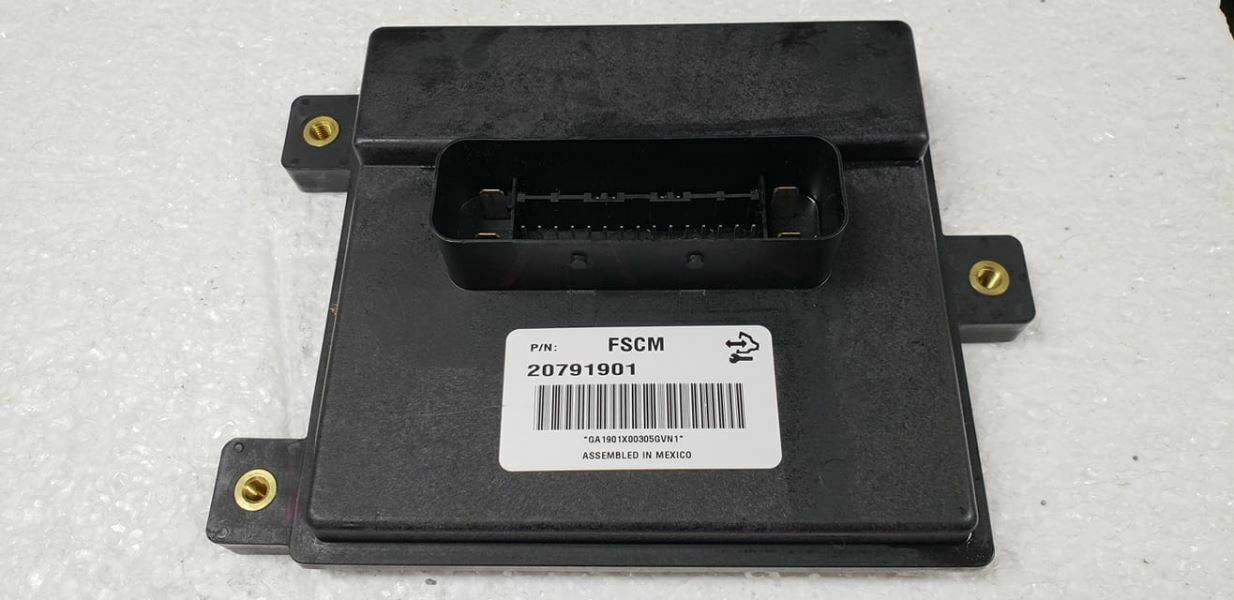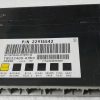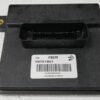Restore Your Cadillac’s Performance and Reliability
Is your 2013-2015 Cadillac CTS experiencing frustrating issues like stalling, extended cranking times, or a sudden loss of power? Before you condemn the fuel pump itself, the culprit is often a faulty Fuel Pump Control Module (FPCM). As a technician with over two decades of experience, I’ve seen these modules fail countless times, leaving drivers stranded and mechanics chasing the wrong parts. This FPCM, part number 20964305, is the definitive, hassle-free solution to restore your vehicle’s fuel delivery system to perfect working order.
The FPCM, also known as a Fuel System Control Module (FSCM), is the brain that commands your fuel pump. It precisely regulates the voltage sent to the pump, ensuring your engine receives the exact amount of fuel it needs under all conditions—from idle to full throttle. When it fails, the communication breaks down, leading to the erratic and unreliable performance you’re likely experiencing. Our module isn’t just a replacement part; it’s a complete solution. We professionally program it with the latest GM software updates, specifically matched to your vehicle’s VIN. This means it arrives at your door ready to install, saving you a costly trip to the dealership for programming.
A Technician’s Notebook: The Intermittent Stall
A customer brought in a 2014 Cadillac CTS that would randomly stall at red lights and hesitate badly when accelerating onto the highway. They had already replaced the fuel pump at another shop, but the problem persisted. A scan showed a stored DTC P069E (Fuel Pump Control Module Requested MIL Illumination). Instead of just throwing another part at it, we monitored the FPCM command versus actual fuel rail pressure. We saw the FPCM command signal dropping out intermittently, starving the engine of fuel. We replaced the original module with a VIN-programmed unit like this one. The fuel pressure stabilized immediately, and the car ran perfectly. It’s a classic case where diagnosing the controlling module, not just the component it controls, saved the customer time and money.
Is Your Vehicle Showing These Symptoms?
A failing FPCM can manifest in several ways. If you’re noticing any of the following, this module is the likely solution.
- ✔ Engine cranks but won’t start
- ✔ Vehicle stalls unexpectedly, especially when warm or under load
- ✔ Hesitation or sputtering during acceleration
- ✔ Noticeable loss of engine power
- ✔ Check Engine Light is on with codes like P069E, U0109, or P0230
- ✔ A humming or whining noise from the fuel pump that is inconsistent
A Straightforward Guide to Installation
Installing your new 2013-2015 CTS Fuel Pump Control Module is a manageable job for a confident DIYer or a quick task for any professional. On the Cadillac CTS, the module is typically located in the left-hand rear compartment (trunk area).
- Safety First: Disconnect the negative terminal from your vehicle’s battery to prevent any electrical shorts.
- Locate the Module: Access the trunk and remove the necessary trim panels on the left-hand (driver’s) side to expose the FPCM. It’s a small silver box with electrical connectors.
- Disconnect and Remove: Carefully unplug the electrical connectors. Note their orientation. Then, unbolt the module from its mounting bracket.
- Install the New Module: Bolt the new, pre-programmed module into place. Reconnect the electrical connectors securely.
- Final Steps: Re-install the trunk trim panels you removed. Reconnect the negative battery terminal. Start the vehicle and allow it to idle for a few minutes to confirm the repair.
Will This Fit My Vehicle?
This module is a direct-fit replacement for a wide range of GM vehicles. Please verify your vehicle is on this list before ordering. We program the module specifically for the VIN you provide.
- Acadia: 2013-2014 (Rear crossmember)
- Avalanche 1500: 2013 (LH frame rail)
- CTS: 2013 (LH rear compartment)
- CTS: 2014 (LH rear compartment) – Sedan (V-Series), Coupe, SW
- CTS: 2015 (LH rear compartment) – Coupe
- Enclave: 2013-2014 (Rear crossmember)
- Escalade / ESV / EXT: 2013-2014 (LH frame rail, w/o integrated trailer brake control)
- Express 1500 Van: 2013-2014 (LH frame rail)
- Impala: 2013 (RH rear quarter panel)
- Impala Limited: 2014-2016 (VIN W, RH rear quarter panel)
- Savana 1500 Van: 2013-2014 (LH frame rail)
- Sierra 1500 / Denali 1500: 2013 (LH frame rail, w/o integrated trailer brake control)
- Silverado 1500: 2013 (LH frame rail, w/o integrated trailer brake control)
- Suburban 1500: 2013-2014 (LH frame rail, w/o integrated trailer brake control)
- Tahoe: 2013-2014 (LH frame rail, w/o integrated trailer brake control)
- Traverse: 2013-2014 (Rear crossmember)
- Yukon / Yukon XL 1500: 2013-2014 (LH frame rail, w/o integrated trailer brake control)
This part is a compatible replacement for part numbers: 20964304, 20964305.
Frequently Asked Questions
Do I need to do any programming myself?
No. This is the biggest benefit of our service. We program the module to your specific vehicle using the VIN you provide during checkout. It arrives ready for installation.
Where do I find my VIN?
Your 17-digit Vehicle Identification Number (VIN) can be found on your vehicle’s registration, insurance card, or on a plate on the driver’s side dashboard visible through the windshield.
Is this a brand new part?
Yes, this is a high-quality, tested new part. We ensure every module meets strict performance standards before programming and shipping.
What tools do I need for the installation on a CTS?
For a Cadillac CTS, you will typically only need basic hand tools, such as a socket set to remove the module’s mounting bolts and possibly a trim removal tool to safely pry off the trunk liner panels.
Will this fix a P069E code?
In the vast majority of cases, yes. DTC P069E is a specific code indicating a fault within the Fuel Pump Control Module circuit or the module itself. Replacing a faulty FPCM is the standard, effective repair for this code.
How soon will you ship the part?
We program and ship your module as quickly as possible after you provide your VIN. Our goal is to minimize your vehicle’s downtime.


